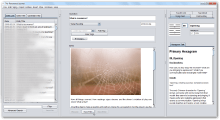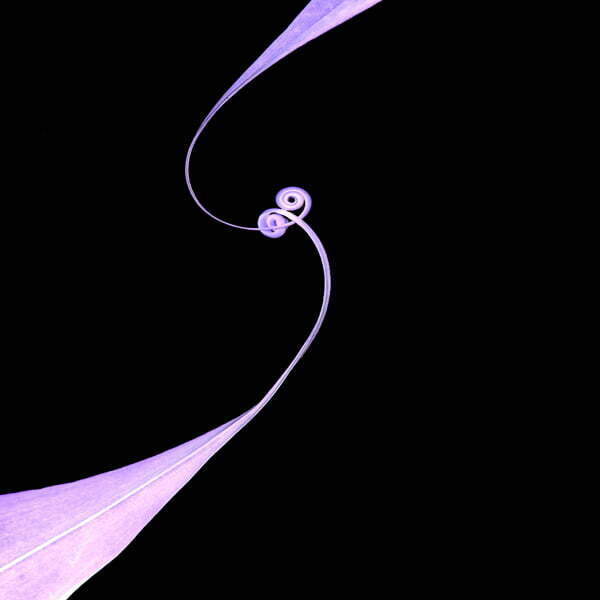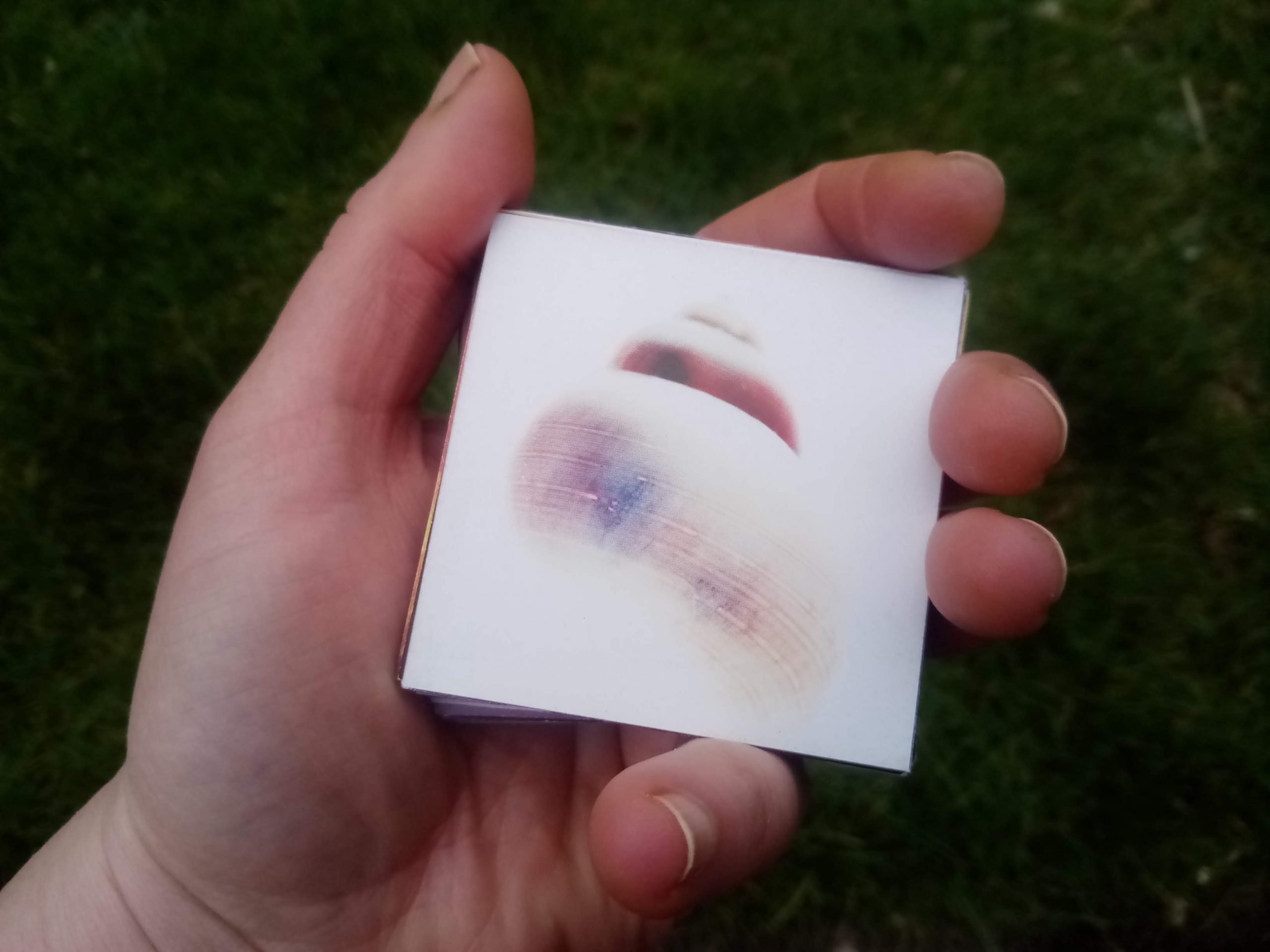A bucket-full of cold water to start with
I’m not normally very enthusiastic about I Ching cards, simply because the oracle was never designed to be consulted that way, and it shows. Where tarot creates meaning with the relationship between a card and its position in the spread, the Yi creates meaning with the relationships between hexagrams, and hence with changing lines – anything from none to six of them, each possibility with its own likelihood of showing up in a reading. (You can watch all those probabilities unfolding if you cast a reading here.) We all know that a reading with six lines changing is something strange and unusual, that makes us sit up and take notice.
All of that richness is accessible simply and straightforwardly with three coins – and there just isn’t an equally simple way to access it by drawing cards. And that’s before we even start on the issue of access to the actual Yijing itself.
So… given a set of I Ching cards, I’m predisposed to be lukewarm at best.
…and yet…
These tiny ‘I Ching art cards’ that Shenpen gave me are exceptionally lovely. You can see a full gallery of all the images here, though the colours come out subtler and more muted in print. And so somehow, here I find myself recommending an I Ching card set.
Things I love
The images are mostly abstract, or almost-abstract – there is no awkward effort to squeeze in imagery from the text, nor yet formulaic application of the trigrams. I appreciate this, because it shows me something new about each hexagram. Also, they’re beautiful. Often, the image will make me stop, breathe, sit with it and take it in: it’s a new way to spend time with the reading, a new way to connect.
There is no text on the cards – no hexagram name or number, and (thank goodness) no ‘keywords’. Just the hexagram itself on one side, and the image on the other. Shen refers people to her website to look up their hexagram, and assumes you’ll use the cards in conjunction with a book – as she puts it, they provide “a ‘right-brain’ route in when accompanied by a written interpretation.” This might work less well for a newcomer to the Yi, I don’t know, but if you’re familiar with the book, this is a wonderfully simple and uncluttered way to engage with a reading.
The cards are tiny, which actually suits me very nicely as my hands are pretty small: 6cm cards are a good fit, where big fancy decks are awkward. But there is also a bigger and sturdier edition on its way.
And what about the whole sticky question of how to consult with them?
Well… you don’t have to, of course. You can cast in the usual way, find your card, spend time with it and carry it with you. But Shen has also come up with the most elegant solution I’ve seen to using the cards for casting.
She doesn’t attempt to replicate the complexity of a normal reading with its full range of possibilities, any more than she tries to replace the book. Instead, your answer can have a single moving line, or it can be unchanging. I’ve never seen a single-moving-line method that allows for unchanging readings before, and that always strikes me as a bit daft: here, let’s simplify readings, by preventing Yi from giving the simplest kind of reading there is.
So here’s Shen’s method. Your cards come with a bundle of seven tiny sticks. You draw a single card for your primary hexagram, and then draw a stick. If it’s smooth, your hexagram is unchanging; otherwise, you count the number of notches carved on the stick to see which line is changing. That’s all. (And that’s certainly the shortest explanation I’ve ever written of a casting method.)
A tiny edition
One other thing you should know – this is a limited edition of 250 decks, and I think the pencilled note on my set says 73/250. You can learn more, see all the images, and order your own copy if you so wish, here.












I have been so frustrated finding a good set of I Ching cards, so I made my own.
I made a set of Yin and Yang, changing Yin and Yang, Bigrams and Trigrams complete with changing lines.
So I basically have a huge stack of I Ching cards made for my own use and laminated – it was not cheap.
I can see it wouldn’t be!
Do your home-made cards have images, or are they simply for casting?
I only use methods that give the correct odds so if I use coinds I use one of the methods that does that but i also have a set of three cards that you shuffle blind and the resulting order gives you one of the four lines with the same odds as with yarrow stalks. I got the design from here and then made the cards https://www.castingiching.com/2016/06/i-ching-three-cards.html
Thanks for the link – those are ingenious!